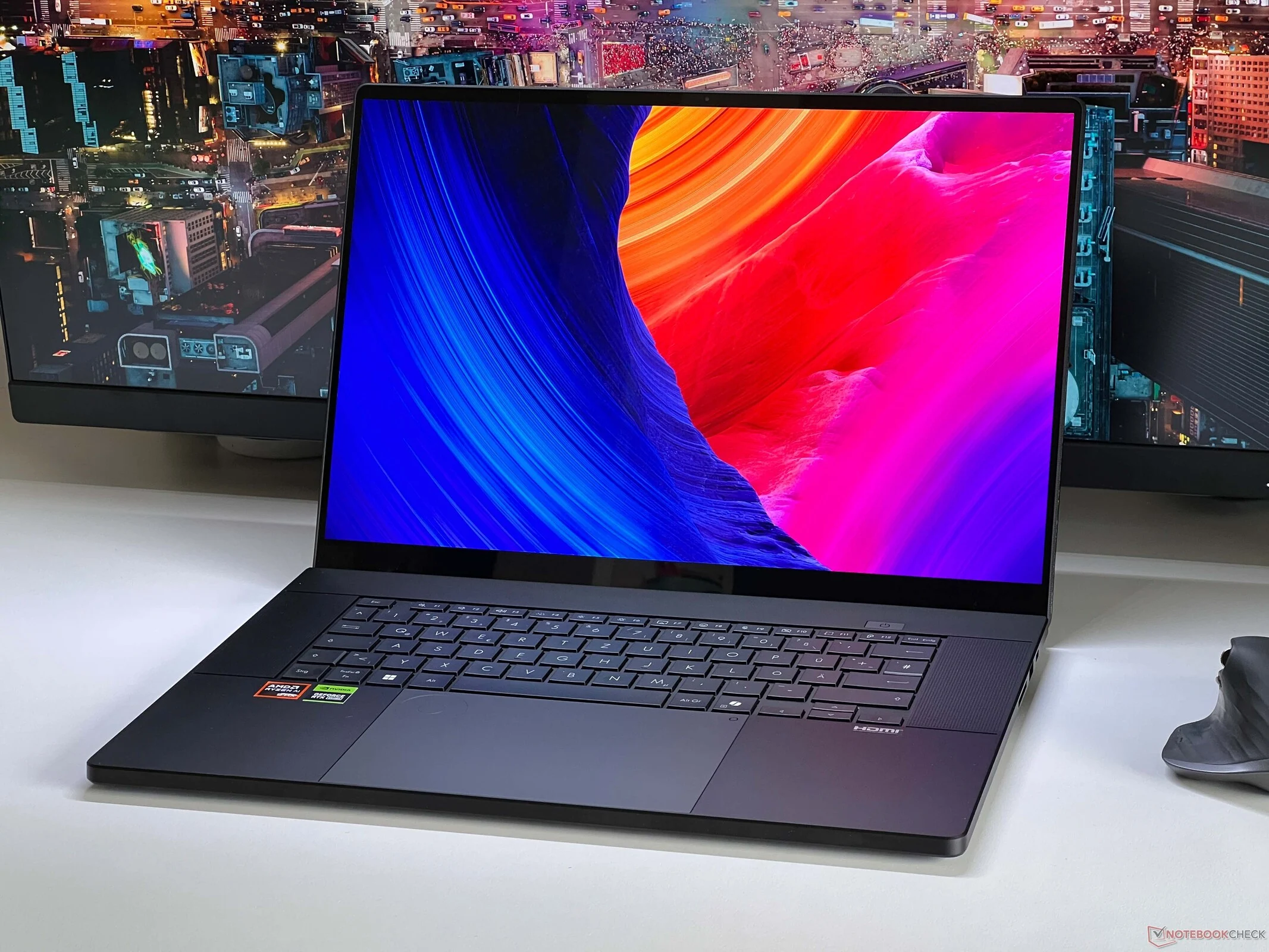Key Takeaways
1. Enhanced Cooling and Performance: The new ProArt P16 features improved vapor chamber cooling, enabling it to support the AMD Ryzen AI 9 HX 370 and GeForce RTX 5090 Laptop GPU for better performance in creative tasks.
2. Upgraded Display: The laptop now includes a new Lumina Pro OLED display that offers significantly improved brightness levels and supports 4K resolution, enhancing the experience for photo and video editing.
3. Build Quality and Design: While the chassis is thicker and heavier than its predecessor, it maintains high build quality, similar to the ROG Zephyrus G16.
4. Good Selection of Ports and Features: The ProArt P16 is equipped with a variety of ports, high-quality speakers, and excellent input devices, making it a well-rounded choice for creators.
5. Future Comparisons and Testing: The upcoming review will compare the ProArt P16’s performance against the ROG Zephyrus G16 and Apple MacBook Pro 16, focusing on the effectiveness of the new GPU and processors.
The Asus ProArt P16 is a sleek, high-quality laptop designed for creative professionals, utilizing the same chassis as the ROG Zephyrus G16 gaming laptop. We previously reviewed the 2025 model of the ProArt P16, which featured a 120 Hz OLED display (though it was only 2.8K resolution), exceptional build quality, and the RTX 5070 Laptop GPU. While it performed well, we wished for quicker GPU options.
Improvements in Cooling and Performance
Asus has taken our feedback to heart and has released a second iteration with enhanced vapor chamber cooling. This change closely aligns with the design of the Zephyrus G16. Consequently, the chassis is now a bit thicker and heavier, but it can now pair the AMD Ryzen AI 9 HX 370 with the GeForce RTX 5090 Laptop (24 GB VRAM), a notable boost for image and video editing tasks. Asus states that the maximum TGP is 120 Watts, and we are eager to compare its performance to the ROG Zephyrus G16. The laptop supports up to 64 GB of memory.
Display Enhancements
In addition to the upgraded GPU options, the ProArt P16 now features a new Lumina Pro OLED display. This is a tandem OLED screen with significantly improved brightness levels. Although we can’t share our specific measurements yet, the difference compared to the Zephyrus G16 (which has subpar HDR brightness) is visually noticeable. The two images below highlight this distinction nicely. The panel also supports 4K resolution, which again benefits picture and video editing.
Overall Impressions and Future Testing
All in all, our first impressions of the upgraded ProArt P16 are very encouraging. The combination of a faster GPU (with extra VRAM) and the new 4K tandem OLED screen with superior brightness could make this the ultimate laptop for creators. The P16 also boasts a good selection of ports, high-quality speakers, and excellent input devices. However, it may also compete strongly against the ROG Zephyrus G16, which will likely lag in display quality. We’re particularly interested to see how the two processors (Core Ultra 9 285H or Ryzen AI 9 HX 370) perform with the RTX 5090 Laptop GPU and how the new ProArt P16 stacks up against the Apple MacBook Pro 16 with M4 Pro and M4 Max.
We will thoroughly test the new ProArt P16 over the next few weeks before we publish our review in October. In the meantime, check out our review of the ProArt P16 with the RTX 5070 Laptop for further insights. If you have any questions or suggestions for our upcoming review, don’t hesitate to leave a comment. Your feedback is greatly valued.




